The original Ghanaian kingdom was a large and powerful state, which hundreds of years ago spread out over a large portion of West Africa. Today Ghana is only a small remnant of its former size, its current configuration resulting from its British colonial history. It has a unique place in history however; since it was the first African colony to gain its independence (in 1956) under the leadership of its charismatic president Nkrumah.The Lonely Planet guide describes Ghana as “Africa for beginners”. It has a relatively good infrastructure, friendly people, a developed tourist infrastructure and great beaches. Even better for us, it is the first country on our current trip that is English speaking. This means that we can ask questions, discuss issues, read the papers, and watch TV, all that stuff we have not been able to do since departing Canada almost 3 months ago.
We crossed into Ghana with no problems and headed south for the coast. The usual African scenes greeted us, what was new was the school children in neat school uniforms walking alongside the road. Roadside shops selling all the common goods as well as elaborate coffins and special fashion wear for funerals, which we discovered are big events in Ghana. There were also children selling large cane rats on side of road which are apparently quite tasty and nutritious, we also saw snakes, a monkey and a duiker for sale. Numerous uncompleted concrete buildings scatter the countryside, evidence of the ongoing challenges of land reform, land title and bad budgeting issues.
Small privately owned dangerous and toxic gold mining and panning operations as well as large corporate operations give testament to the famous historic Ghanaian gold deposits which fuelled both the early Arabic and European interest in this area. Recently significant oil has been discovered offshore. They are all hoping that this will be a blessing and not the curse it has been in neighbouring Nigeria.
Enlarge

Adventurouspirits
Tucked away in a semi deciduous forest are the villages of Boabeng and Fiema, a region where the local villagers believe monkeys are sacred.
Enlarge

Adventurouspirits
The Lowe’s Mona and Colobus monkeys are considered sacred by the local communities and are therefore protected. They have created a sanctuary to protect them. It was quite a detour though the thick jungle to get there but with so little wildlife left in west Africa we wanted to visit.
Enlarge

Adventurouspirits
The sanctuary’s host Robert greeted us at reception and too our surprise he was wearing a T-shirt sporting the logo of a charity run held in Calgary each year. Calgary is our home town. It is truly a small world. Some researches from the University of Calgary had given the shirt to him.
Enlarge

Advneturouspirits
The sanctuary had its won little community with its own facilities, including a church, water well, and unique latrine. We enjoyed wandering around and getting to know some of the locals.
Enlarge

Adventurouspirits
Enlarge

Adventurouspirits
Enlarge

Adventurouspirits
One of the most extraordinary plants is the parasite creeper. This plant surrounds a fully grown tree and then uses it as a food source completely devouring it and leaving only itself behind as a mould of its host.
Enlarge
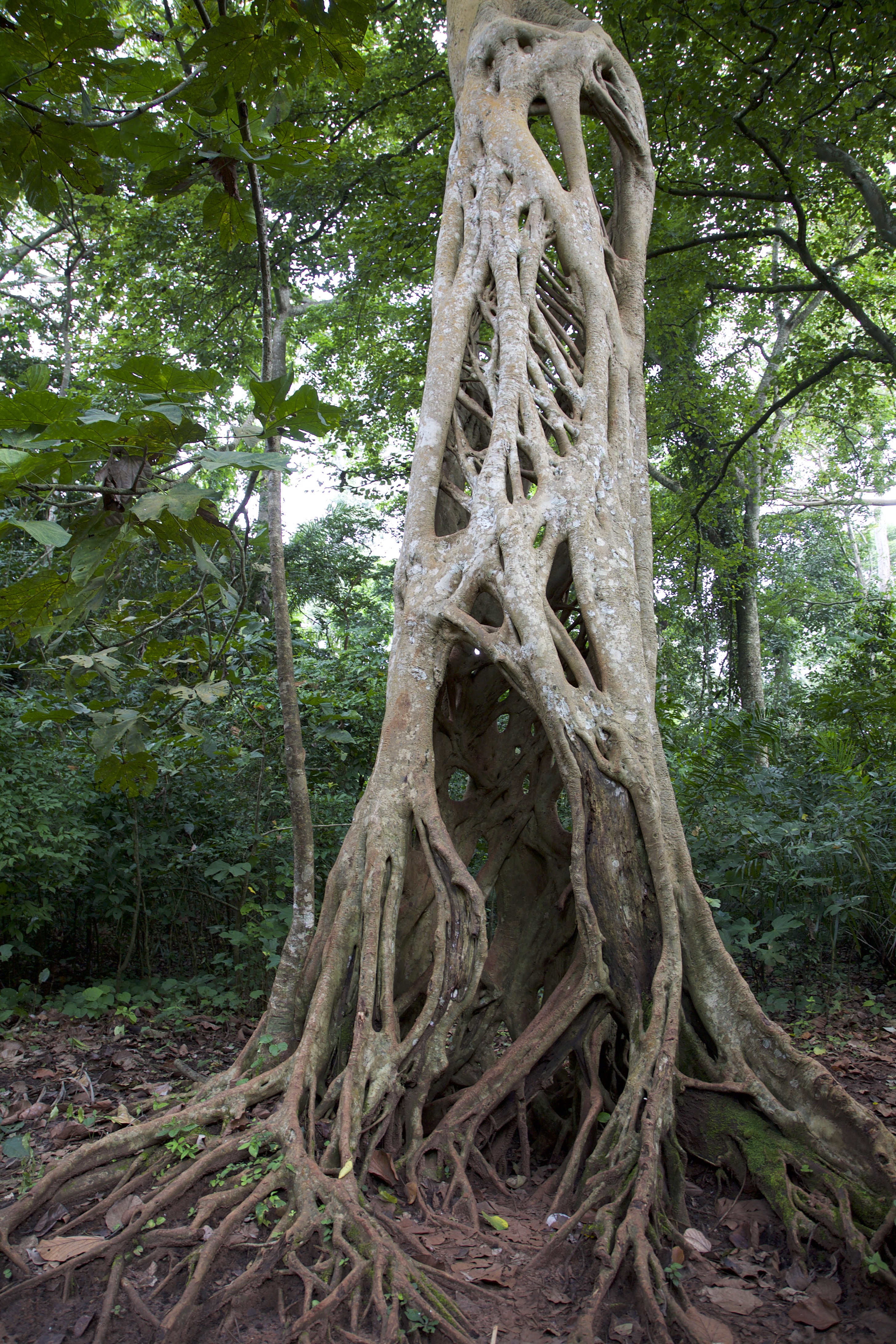
Adventurouspirits
When wandering the trails in the jungle you have to watch out for these columns of army ants. They can cause you some serious agony should they decide you are prey.
Enlarge
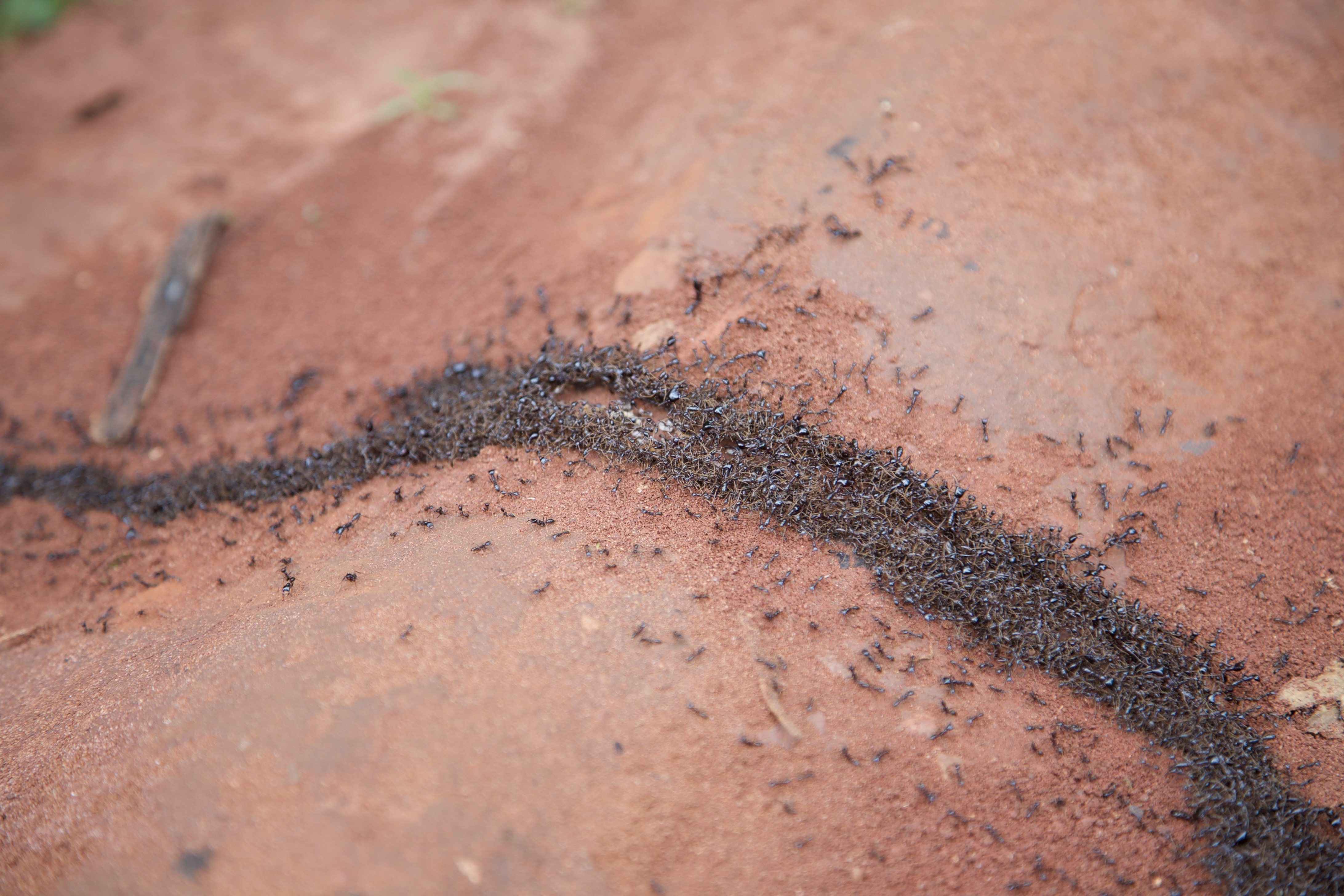
Adventurouspirits
It took a while before we found the Mona monkeys but when we did they were as curious about us as we were about them.
Enlarge
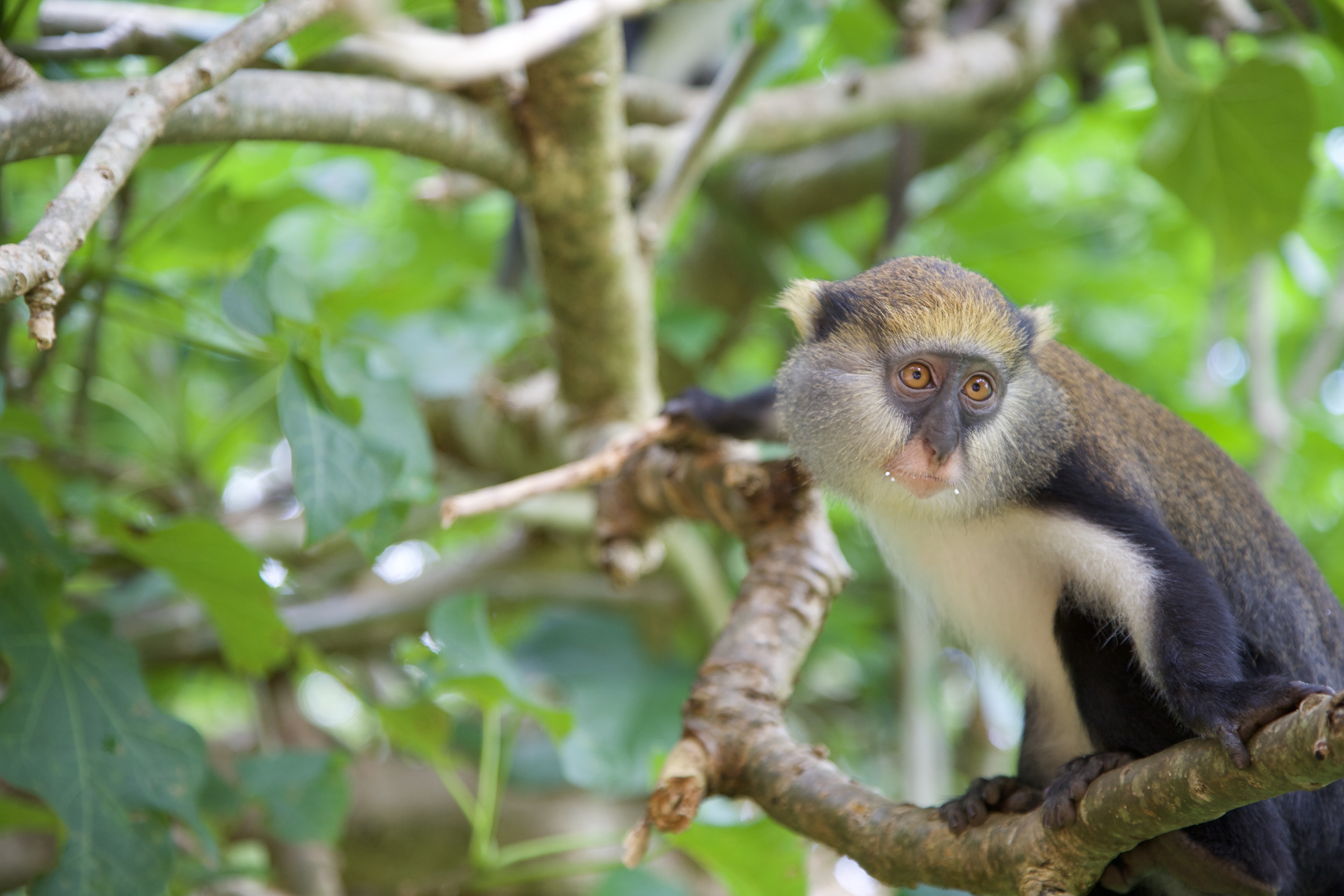
Adventurouspirits
Enlarge
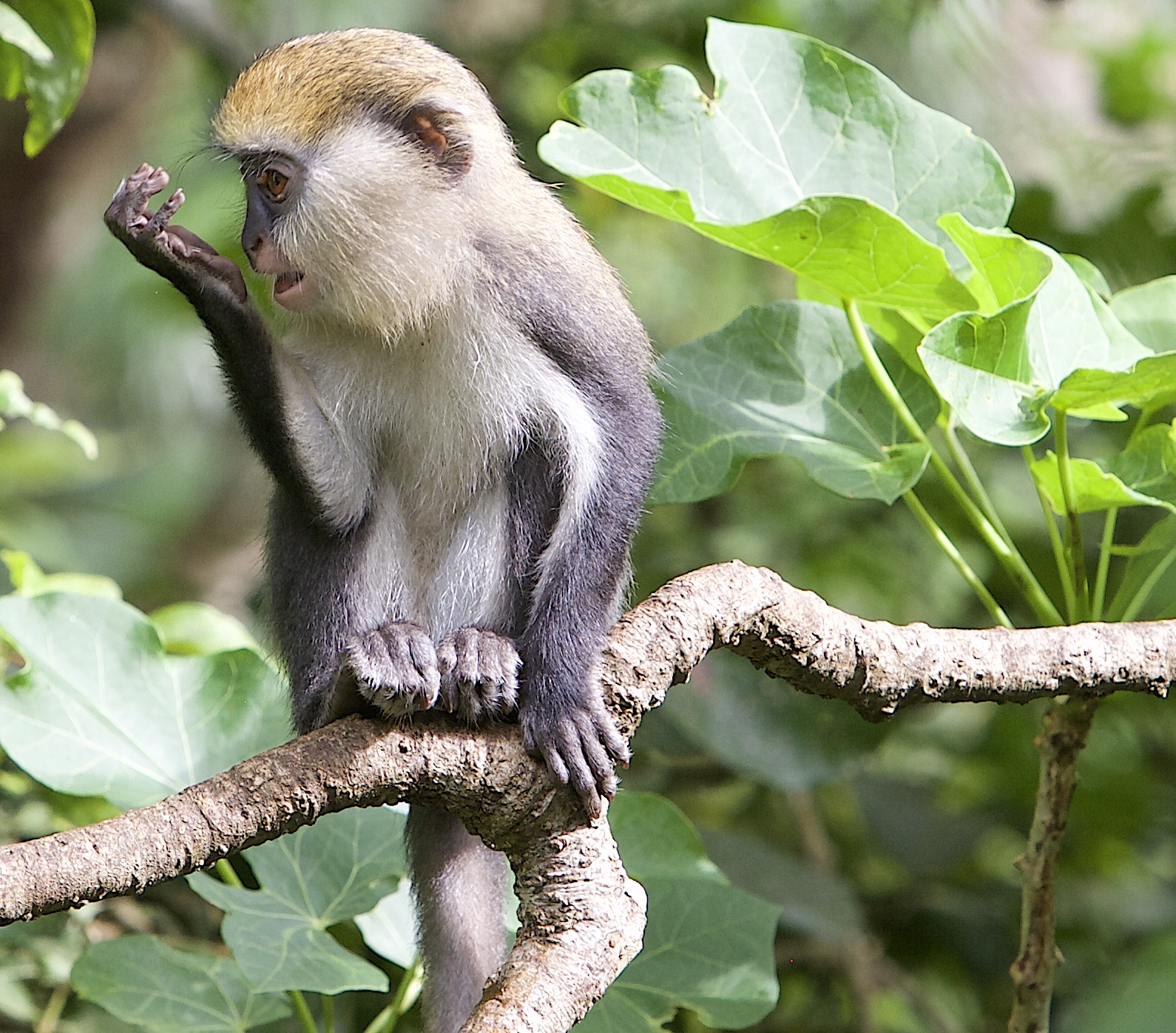
Adventurouspirits
Enlarge
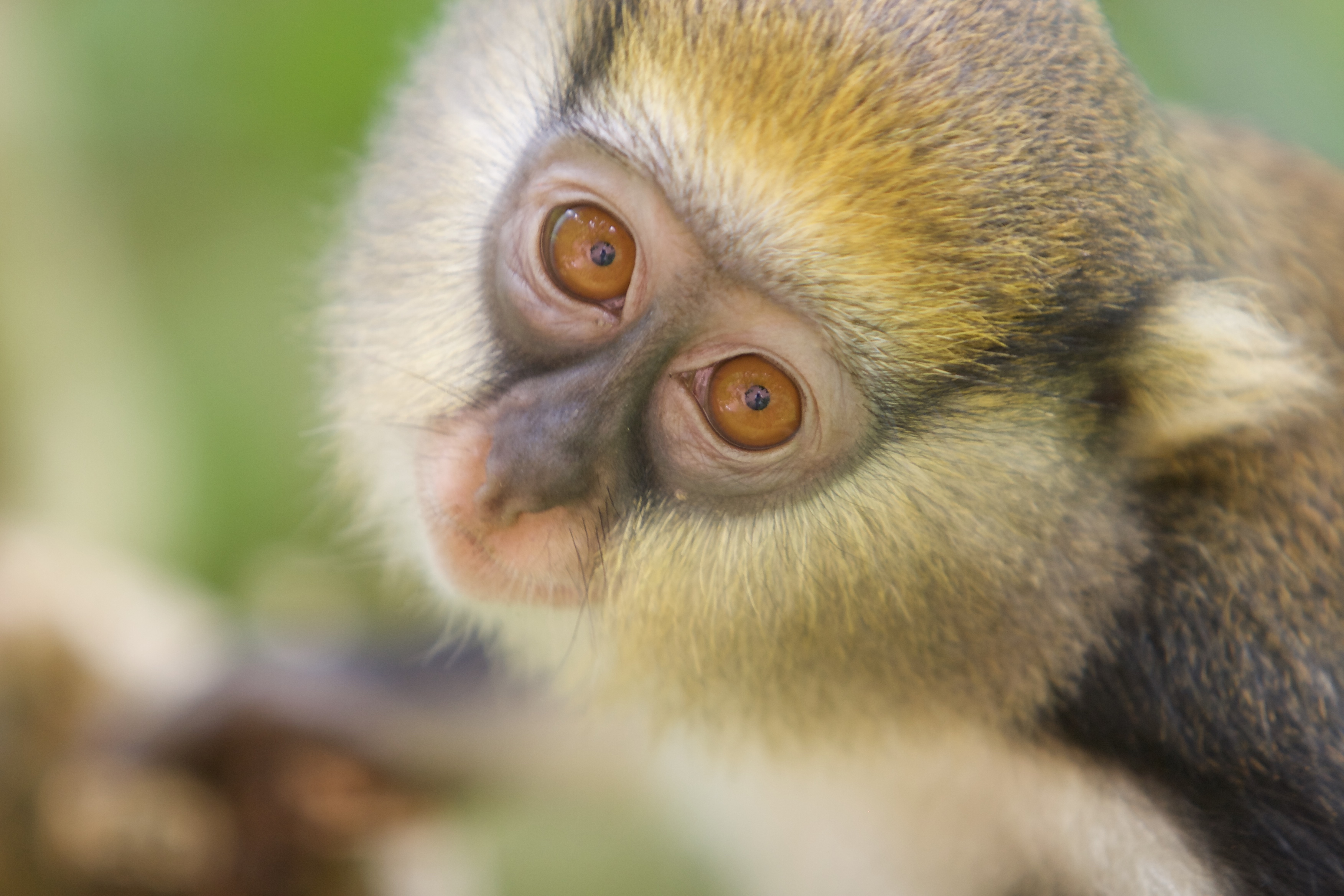
Adventurouspirits
They even have a cemetery to protect and honour them after they have died.
Enlarge

Adventurouspirits
Enlarge
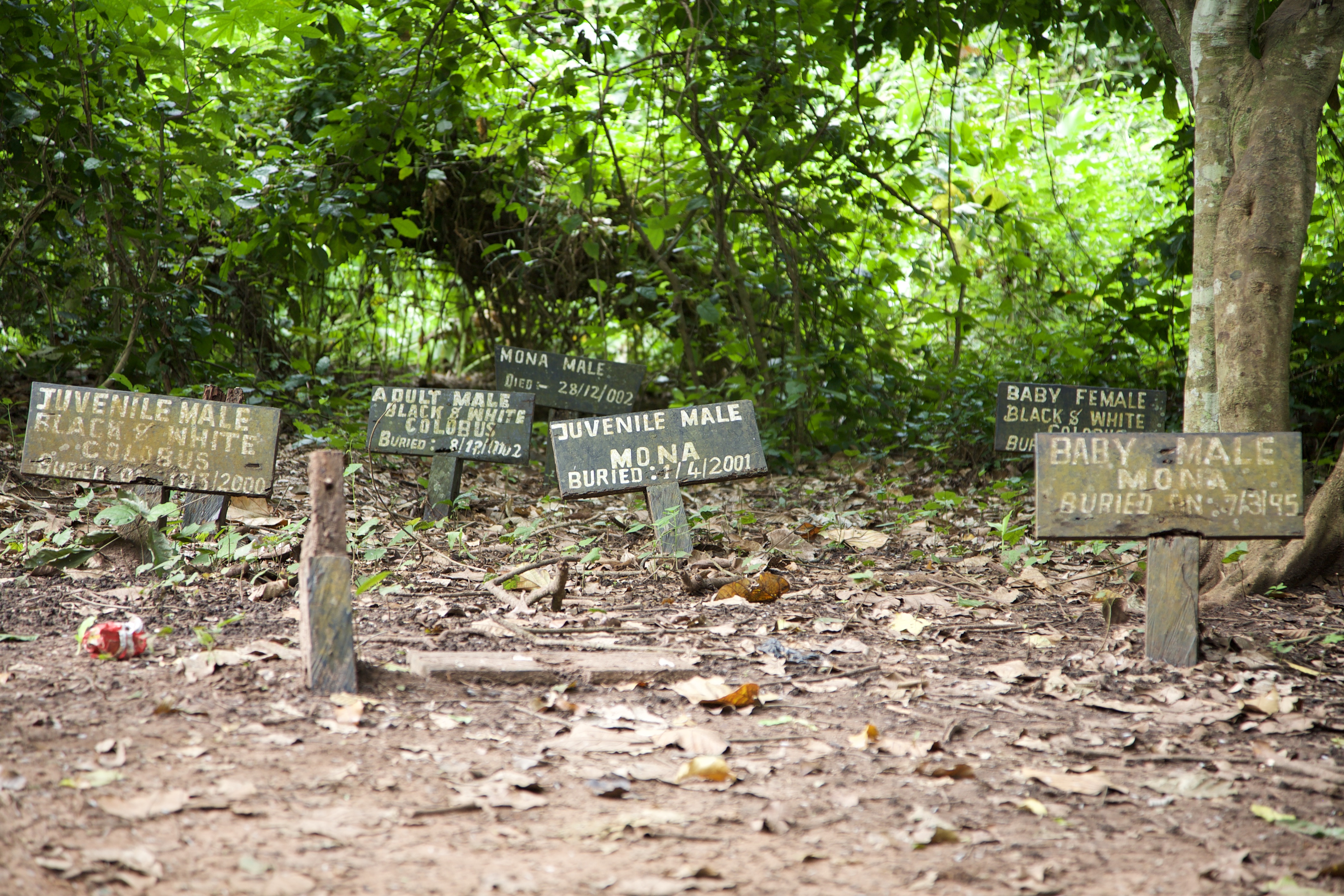
Adventurouspirits
Enlarge

Adventurouspirits
We headed for a home for mentally handicapped children located behind the hospital in the village of Nkoranza. The children’s home was started by a Dutch physician some 30 years ago and today is the home for over 50 children. It was inspirational to watch the children sing and play in their surroundings who might otherwise be homeless. The Brong-Anafo (Bono) people believe that these children are the result of a women being raped by a water spirit and the “water children” are half spirit and half human. Often these children are abandoned; many left at the river edge so that they may return to the water. The project is financed by the crafts the children make, running a successful internet café in the village and acquiring sponsorships for the children. Most of the children are sponsored by families in the Netherlands but they still need more sponsors. For more information on Operation Hand in Hand go to www.operationhandinhand.nl
Enlarge

Adventurouspirits
Enlarge
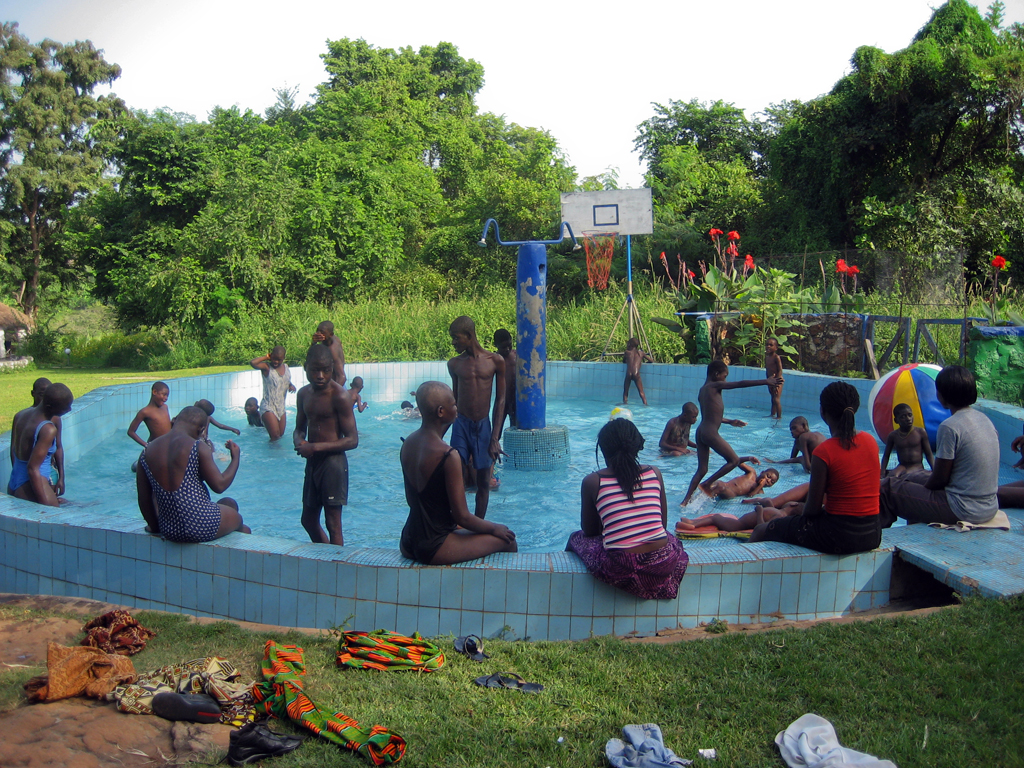
Adventurouspirits
The lush forrests hide a number of spectacular waterfalls. Kitampo is an accessible one which we were advised to visit. The day we hiked in to the falls a local school was enjoying an outing. Their spontaneous joy was contagious.
Enlarge

Adventurouspirts
Enlarge
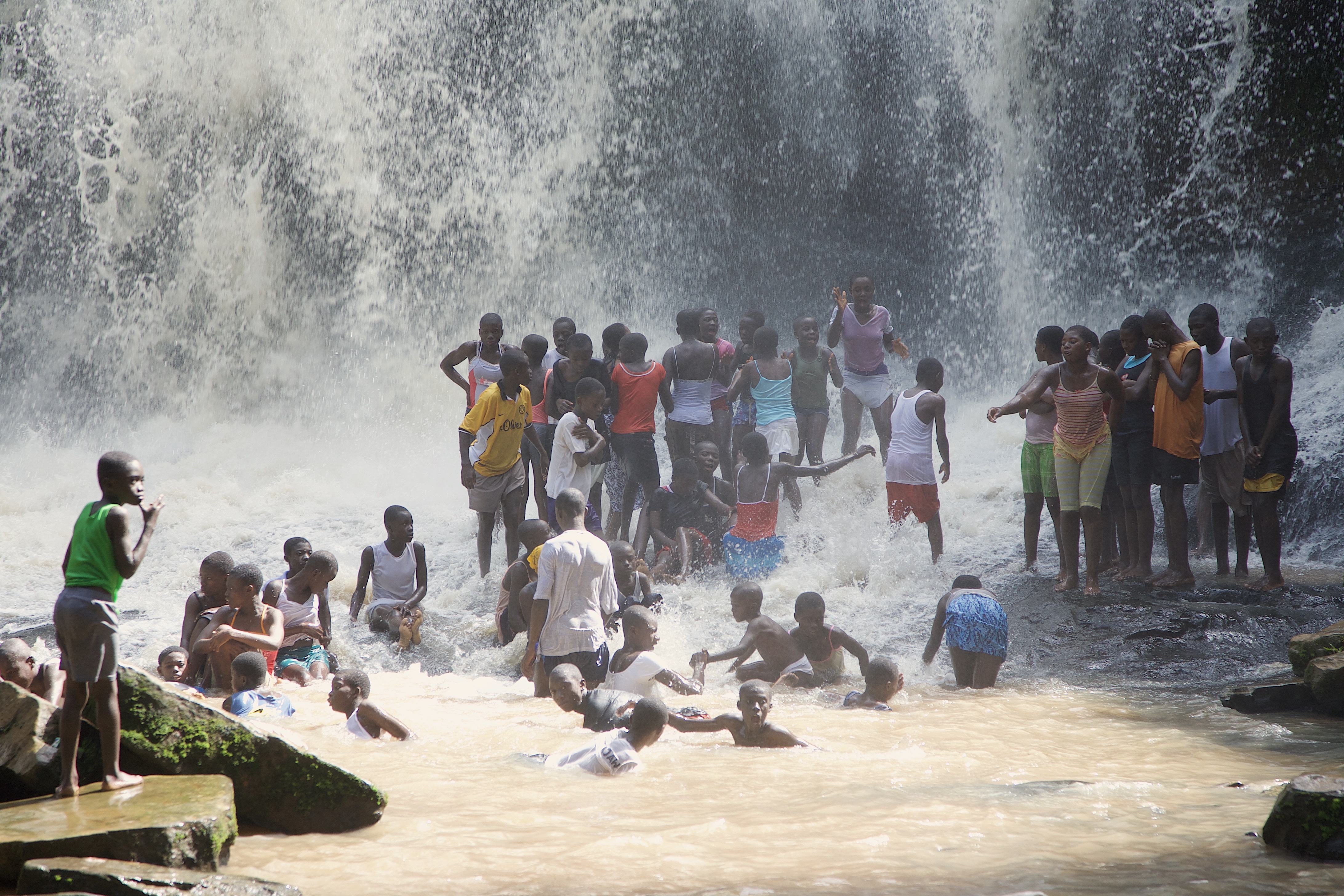
Adventurouspirts
Enlarge
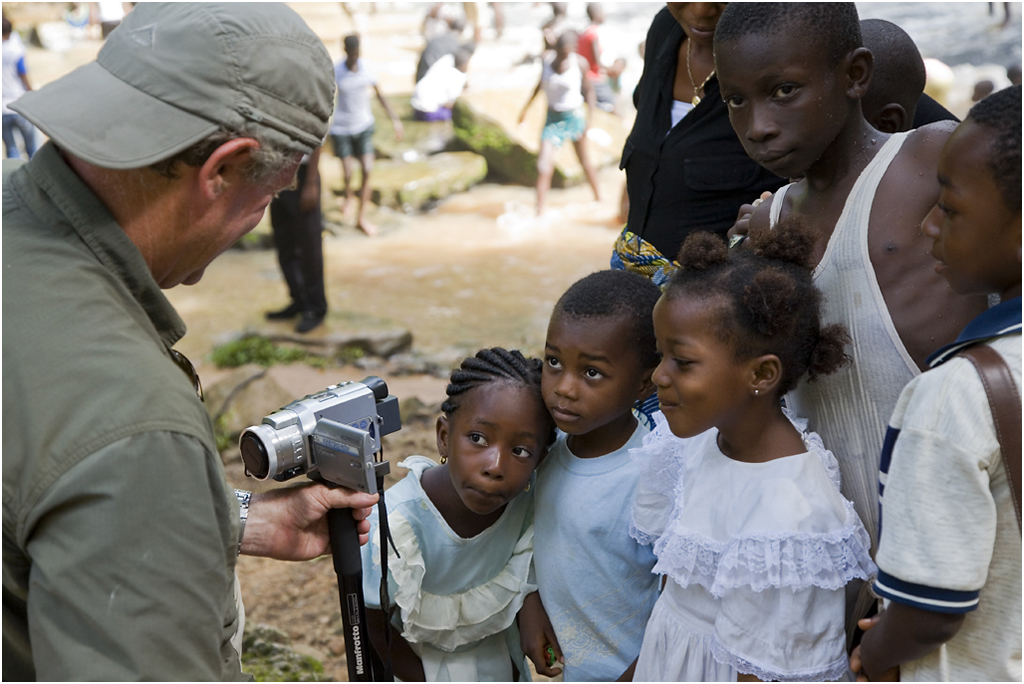
Adventurouspirits
Enlarge
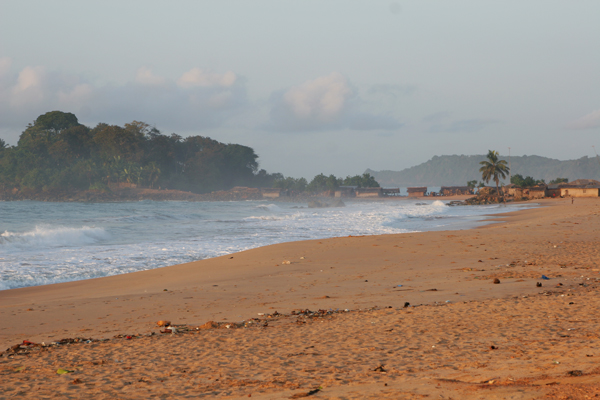
Adventurouspirits
We decided to take a pirogue trip through the mangrove in the village next door. We arrived at the launching spot in the nearby village which was piled high with rubbish and smelt pretty awful. Men were bathing in the river and children washing dishes amongst the rubbish and I was nervous about walking through the water to the canoe, wondering what little critters I may pick up or what other disgusting thing I might touch. After settling into the narrow unstable canoe the guides paddled, stopping regularly to bail the water out from the canoe. We were fortunate to see kingfisher birds, herons, egrets and hundreds of colourful crabs in the trees. However the mangroves are in pretty bad shape, strong evidence as to the enormous environmental challenges Africa is facing.
Enlarge
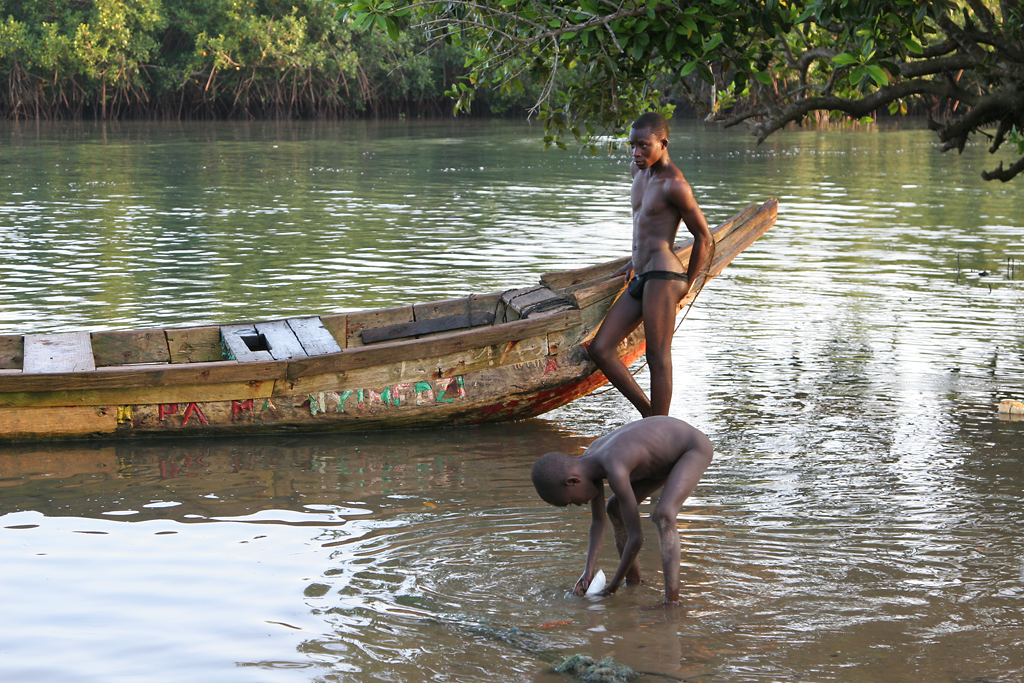
Adventurouspirits
We took a tour of the castle one of the best guided tours we have had anywhere in Africa. It is not easy to listen to the accounts of the pain and agony the captives endured waiting in the dark, dank dungeons for their fate. All the European nations participated in some form or other. We later visited the Cape Coast Castle which was the largest slave holding site in the world. Here more captives were stored in cramped dungeons before making their fateful voyage across the ocean. We walked to the Door of No Return in silence wondering how man can be so cruel to each other. The emotions such visits bring up linger for days while one’s mind grapples with the stark facts and figures. The slave trade is a shameful scar in the history of mankind.
Enlarge
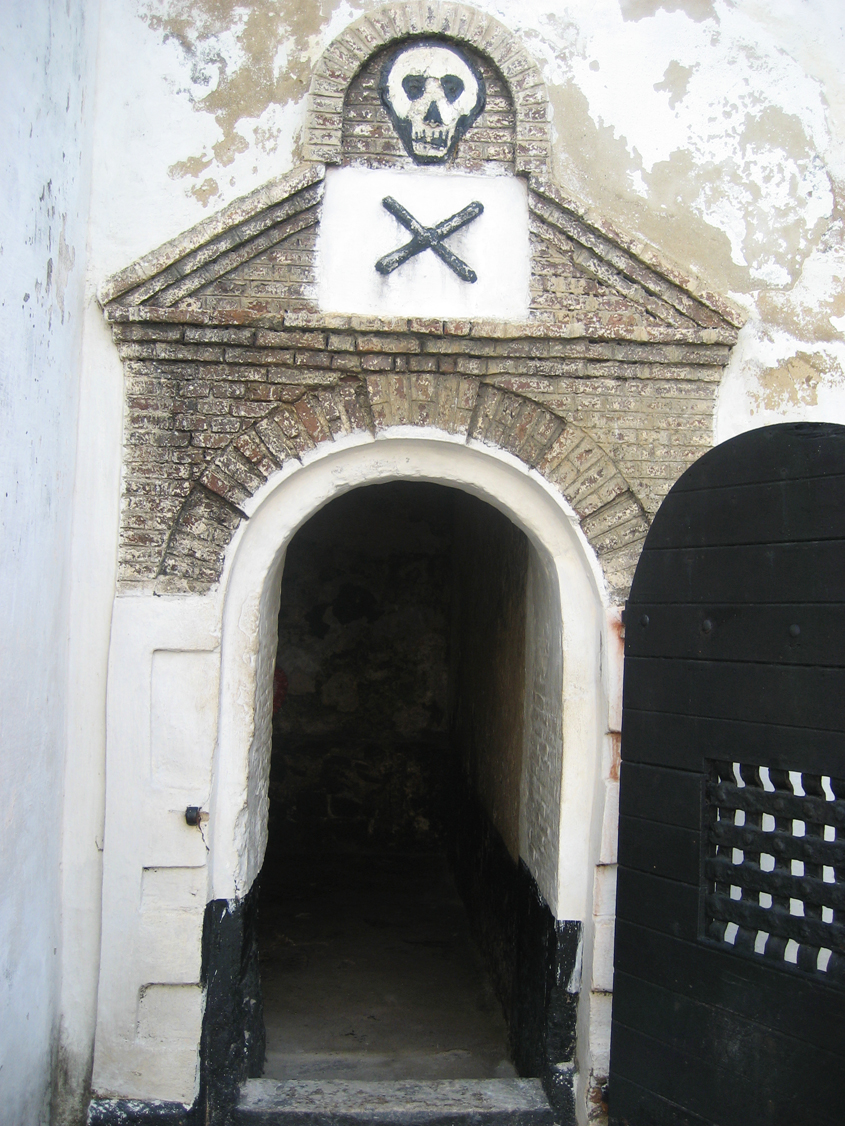
Adventurouspirits
The slave port of Elmina is now a colourful, thriving fishing village.
Enlarge
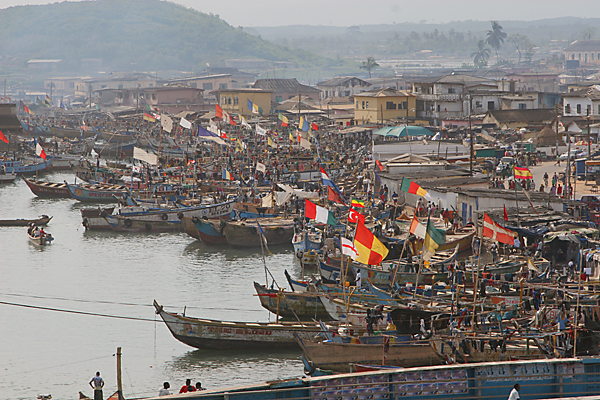
Only a short 50 years ago West Africa was the home to one of the largest tropical rain forests on the planet. Desertification in the north combined with extensive logging has ensured that today there are only small isolated patches of virgin rainforest remaining. Kakum National Park is one such patch of protected semi-deciduous rain forest located in central Ghana where one can explore all its dimensions by going on a canopy walk. This is a 350m long wood and rope walkway suspended 40m above the forest floor, between 7 trees each with a viewing platform. I was so pleased that we did this attraction early on in the day, before the crowds arrived, so that I could have the walkway to myself. Not even Tom was allowed on the suspended rope walkway when I was on it, as he made it sway way too much for my liking. Whilst this is not for those with a fear of heights or swinging on a rope, the view is amazing. I never imagined that so many beautiful butterflies lived so high off the ground. On the way back to the visitors centre we stopped to purchases a coco bean from one of the African vendors. He sliced it open with his machete and white gleaming buttery seeds were exposed. We sucked the succulent juicy meat from the pits and enjoyed the refreshing sweet taste. Chocolate is made from this plant, but what we tasted bore no resemblance, it was far nicer.
Enlarge
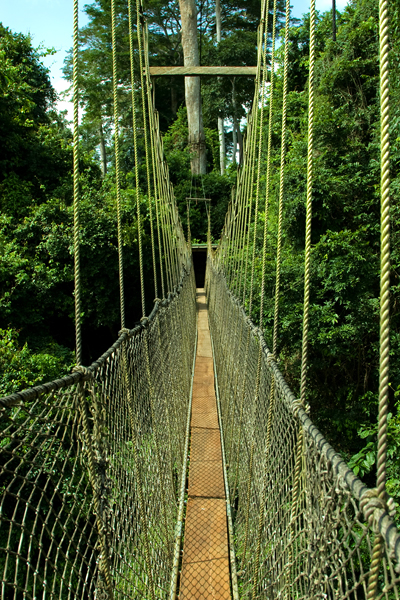
Adventurouspirits
We will remember Accra for many things but perhaps the most amazing memory will be watching Obama win the elections from the continent of Africa. Huddled around the TV, drinking coffee in the early hours of the morning with Heather and Darren we watched the world and especially Africa’s response to Obama becoming the USA President Elect. Africans were ecstatic with many believing he will bring good things to Africa and its people. Obama mania is alive and well in Africa, and I quote a news broadcaster who stated later that the black people finally had a “black man in charge of the world.”But Accra will also be remembered for the kindness and generosity of the Canadian High Commissioner Darren and this wife Heather who while we waited for our Nigerian visas. spoilt us with delicious food, good wine and great company.We actually met Heather and Darren through the director of USAID in Ghana who we met in a parking lot. Bob invited us his home for a USAID party where we all played lawn bowls. Tom and I had never played before so our team lost but we had fun and met some wonderful and interesting people.
Enlarge
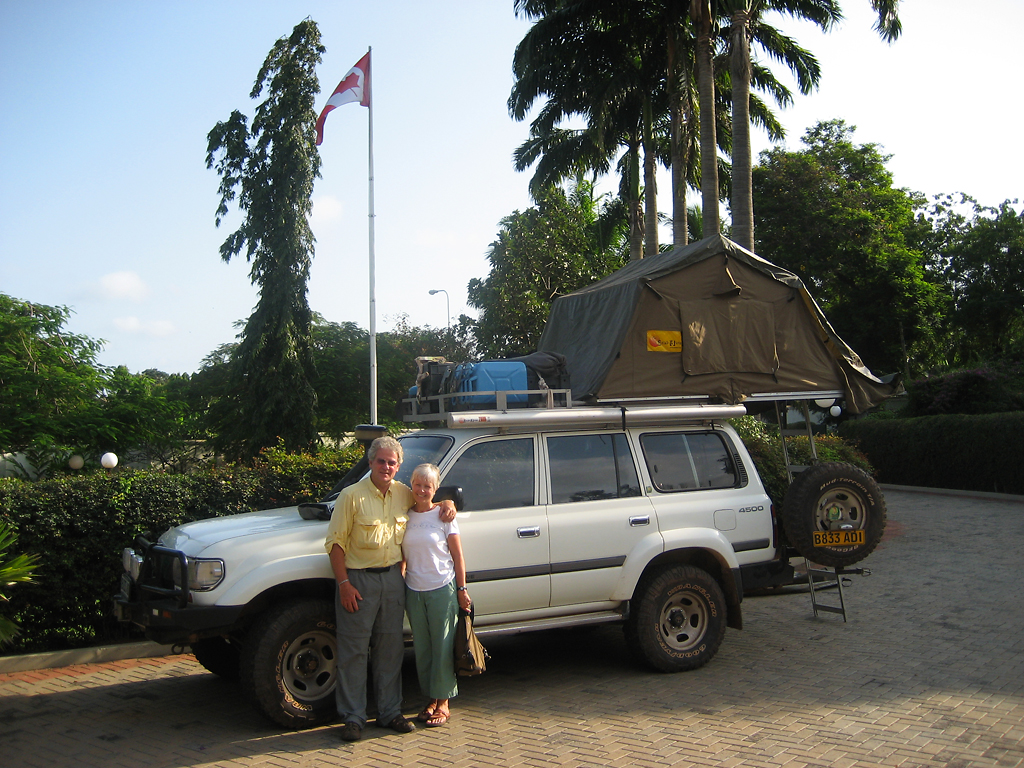
Adventurouspirits
We accompanied Heather and Darren to a maternity hospital where they made a donation of supplies. We were given a tour of the units and met some new moms and their babies. Conditions are very basic, but the nurses friendly and very welcoming to us.
Enlarge
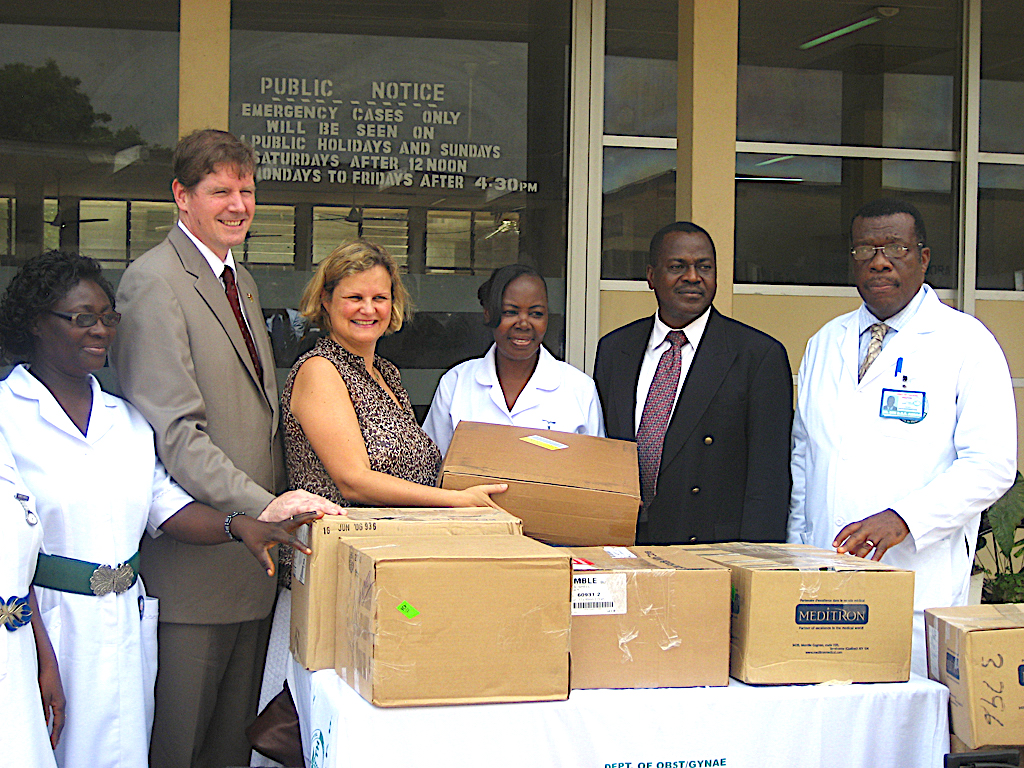
Adventurouspirits
Enlarge

Adventurouspirits
We explored the lively and bustling capital of Accra whilst waiting for our Nigerian Visas. We learned that in Ghana funerals are elaborate affairs, with the mourning and celebrating lasting days and even weeks. We discovered that coffins are not just boxes like we have but can be works of art and one of the most famous Ghanaian coffin makes has his studio here. So we sought him out. You can choose anything for you journey to the afterlife. We of course would have selected a land-cruiser design.
Enlarge
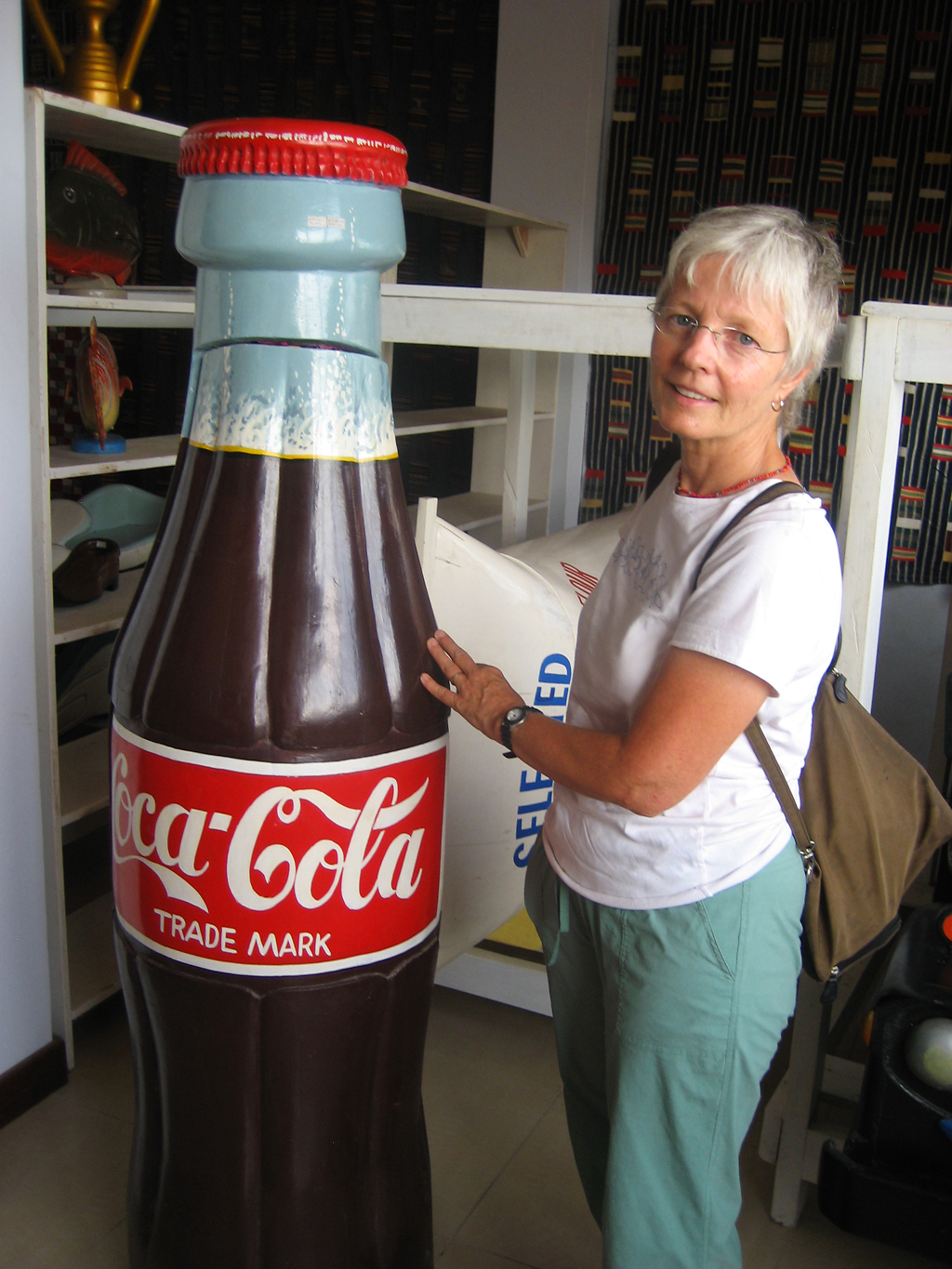
Adventurouspirits
Enlarge
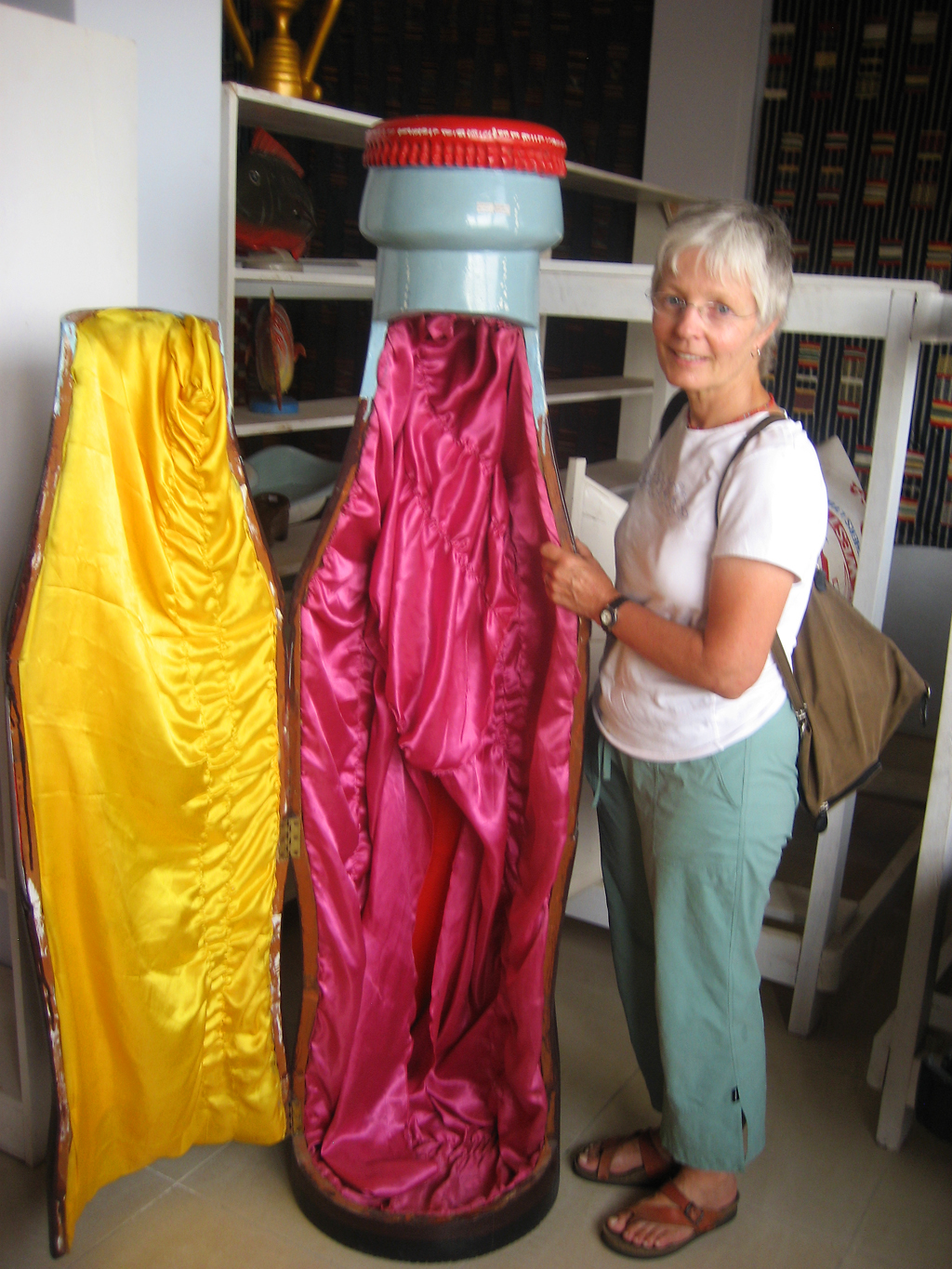
Adventurouspirits
It was late in the afternoon before we reached the Wli waterfalls. We hired a guide and set off for the 40 minute walk to the falls. It is a scenic walk and I was enjoying the fresh air, when suddenly our guide who was walking ahead of me began screaming and jumped back towards me, landing into my arms thereby preventing me from moving. I watched in horror as a green mamba slithered towards my foot. It was all over in seconds, but we clung to each other wondering where the snake had gone, not daring to move. Slowly we tentatively separated, the guide initially too afraid to move on. We had just encountered one of the worlds most venomous snakes. We were extremely fortunate that it did not strike at either of us but ironically we were also incredible lucky to have seen this elusive snake which lives in the trees and only comes down to the ground at dusk to seek its prey. The 40m high cascade of water was amazing but even more amazing are the estimated half a million bats that hang from the horse shoe shaped cliff. My luck was holding and we were treated to a spectacular show as the bats decided to take to the sky, hundreds of thousands of bats circled above us, a wonderful and memorable wildlife experience.
Enlarge

Adventurouspirits
Enlarge

Adventurouspirits
Tomorrow we head for Togo
Enlarge
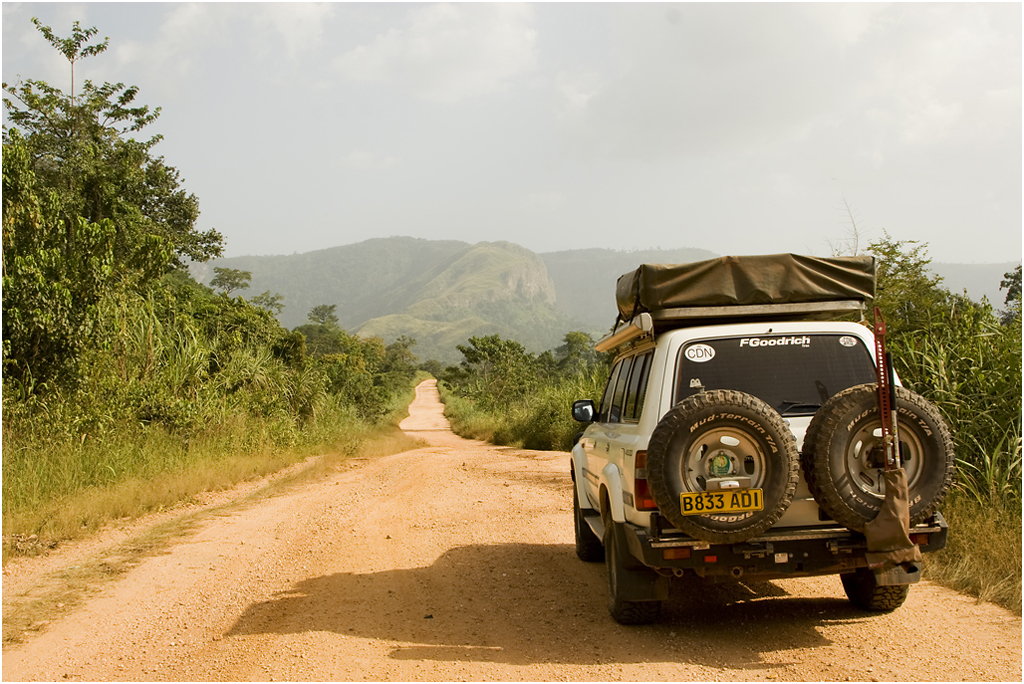
Adventurouspirits
